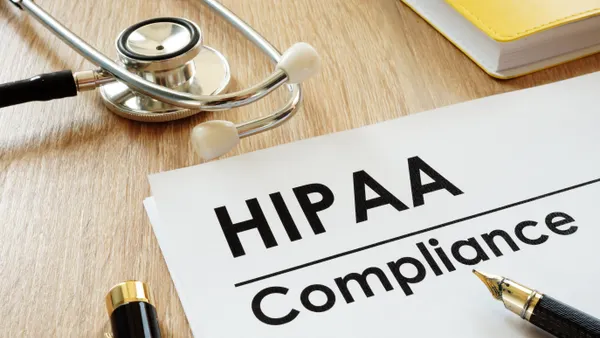Dive Brief:
- The number of patients injured in U.S. hospitals in 2014 did not decline for the first time since the Affordable Care Act was implemented. In a report issued Tuesday, the Agency of Healthcare Research and Quality found 121 patients out of every 1,000 developed a "hospital-acquired condition" (HAC), the same rate as 2013.
- Although the rate did not improve further in 2014, the total improvement since 2010 has resulted in 2.1 million fewer HACs.
- Due to this improvement, roughly 87,000 fewer patients died in hospitals from HACs, saving $19.8 billion in healthcare costs.
Dive Insight:
Under the Affordable Care Act, Medicare pays less money to hospitals with higher rates of HACs—incentivizing hospitals to improve patient safety. While not definitively tying the decrease in HACs to the ACA, the report states the law likely has helped. Additional measures such as implementing wider use of EHRs in hospitals and public reporting of hospital performance were noted as possible causes.
Much of the overall decline in HACs stemmed from reductions in the number of adverse drug effects, pressure ulcers, and catheter-associated urinary tract infections. Combined, improving care in those areas comprised roughly 84% of the 2.1 million fewer HACs. Notably, the report concludes the cumulative decline in pressure ulcers saved nearly 43,000 lives out of the total 87,000. (It should be noted the deaths averted measurement is less precise than other numbers in the report.)
The absence of further declines in the number of patients injured, however, highlights concerns hospitals may no longer have easy options to reduce HACs. For example, reducing falls and pneumonia cases in hospitals has proved challenging. The report acknowledges the rate remains unacceptably high and pushes for sustained progress in all areas.













